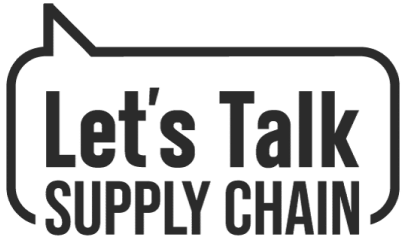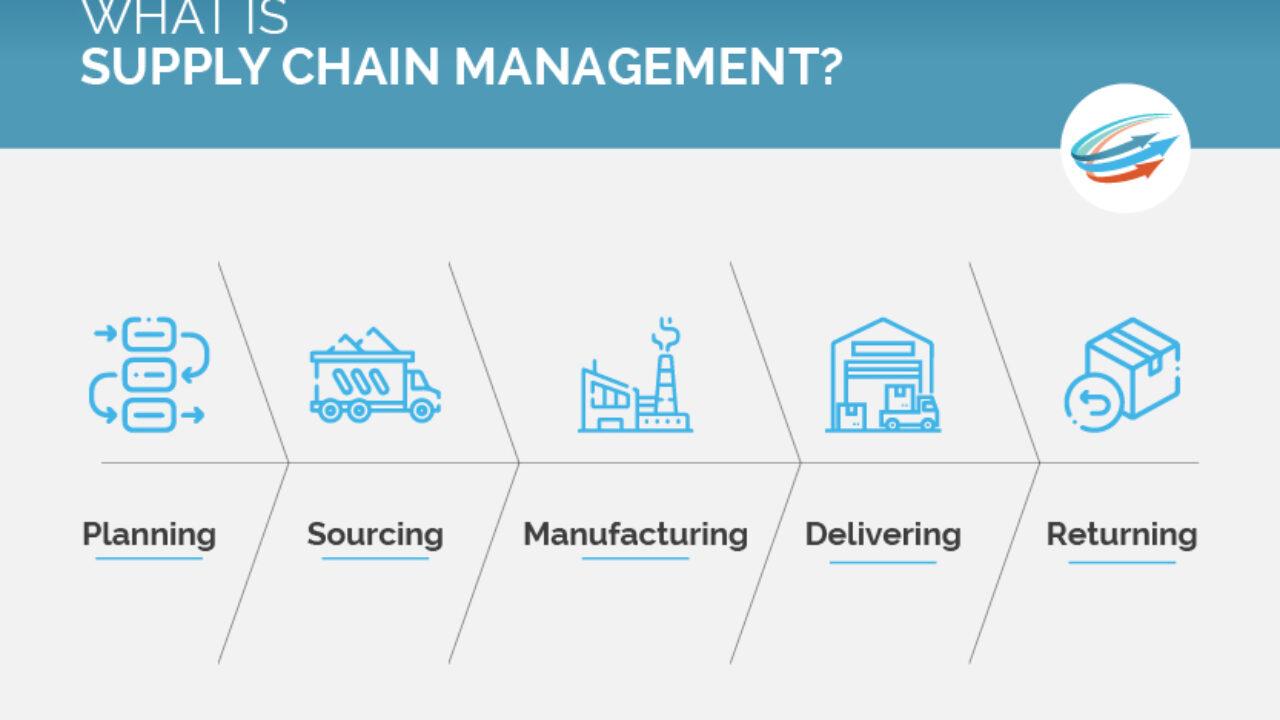In the ever-evolving landscape of supply chain management, businesses face a myriad of challenges that require innovative solutions adn a willingness to adapt to changing priorities. In this article, we explore the journey of overcoming obstacles and the importance of embracing new supply chain priorities in order to stay competitive and responsive in today’s dynamic environment. Join us on a quest to uncover the strategies and insights that will propel your association towards success in the world of supply chain management.
Embracing Sustainability in Supply Chain Operations
In today’s dynamic business landscape,sustainability in supply chain operations has become a pressing concern for organizations striving to minimize their environmental impact and enhance operational efficiency. Embracing sustainable practices within the supply chain is not just a trend but a necessity in the era of heightened environmental awareness and social duty.
- Implementing green procurement strategies to source materials from environmentally responsible suppliers.
- Integrating renewable energy sources and energy-efficient technologies in logistics and warehousing processes.
- Adopting circular economy principles to reduce waste and promote resource conservation.
Despite the challenges that come with transitioning to a more sustainable supply chain model, the benefits are significant. By strategically reevaluating and reengineering their supply chain operations, organizations can achieve cost savings, enhanced brand reputation, and regulatory compliance while contributing to a greener future for all.
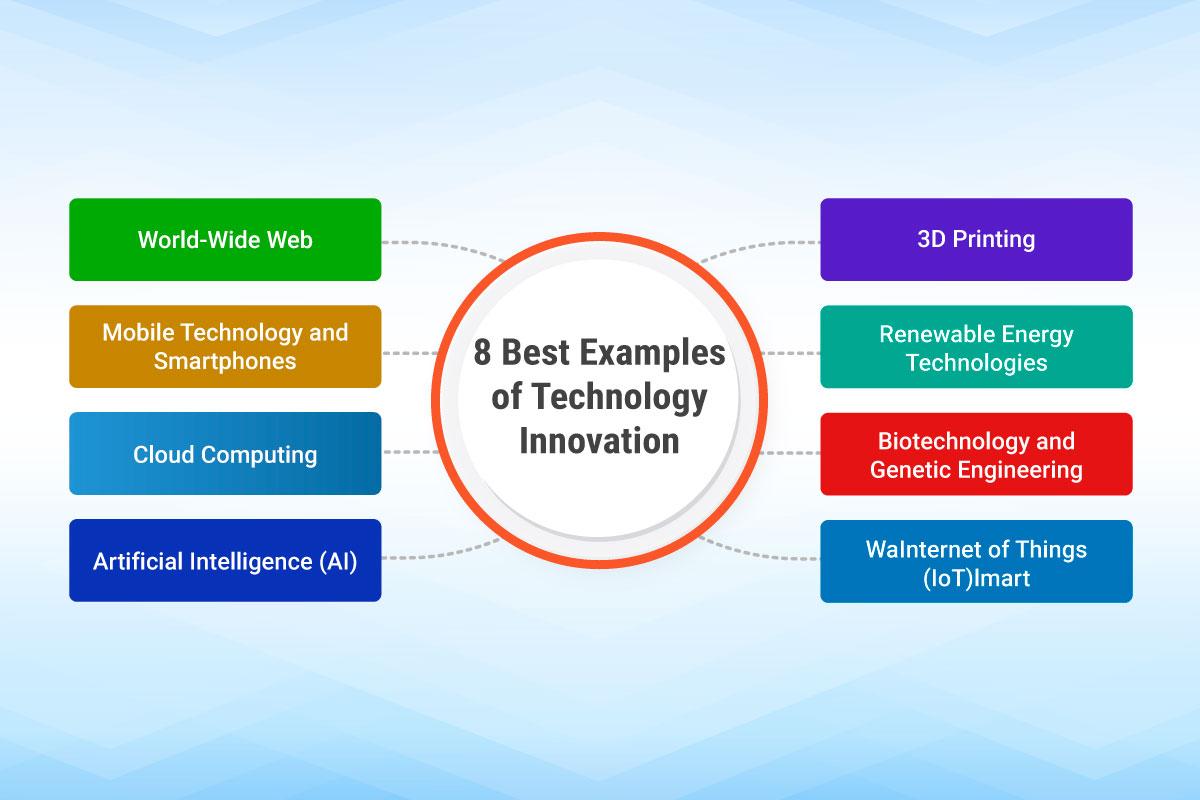
Innovative Technologies for Enhanced Visibility and Efficiency
In today’s fast-paced supply chain landscape, the importance of embracing innovative technologies cannot be overstated. By leveraging cutting-edge solutions, businesses can overcome obstacles and achieve new levels of visibility and efficiency in their operations. One such technology that is revolutionizing supply chain management is blockchain technology. With its decentralized and secure nature, blockchain enables transparent and traceable transactions, providing real-time visibility into the movement of goods.
- IoT sensors – These devices allow for the tracking and monitoring of assets in real-time, enabling proactive decision-making and improving operational efficiency.
- Machine learning algorithms – By analyzing vast amounts of data,machine learning algorithms can identify patterns and trends,helping businesses optimize their supply chain processes.
| Technology | Benefits |
|---|---|
| Blockchain | Enhanced transparency and traceability |
| IoT Sensors | Real-time tracking and monitoring |
| Machine Learning | Optimized supply chain processes |
By incorporating these innovative technologies into their supply chain operations, businesses can stay ahead of the curve and meet the evolving demands of the market. Embracing these advancements is not just a choice but a necessity for organizations looking to thrive in a competitive environment.
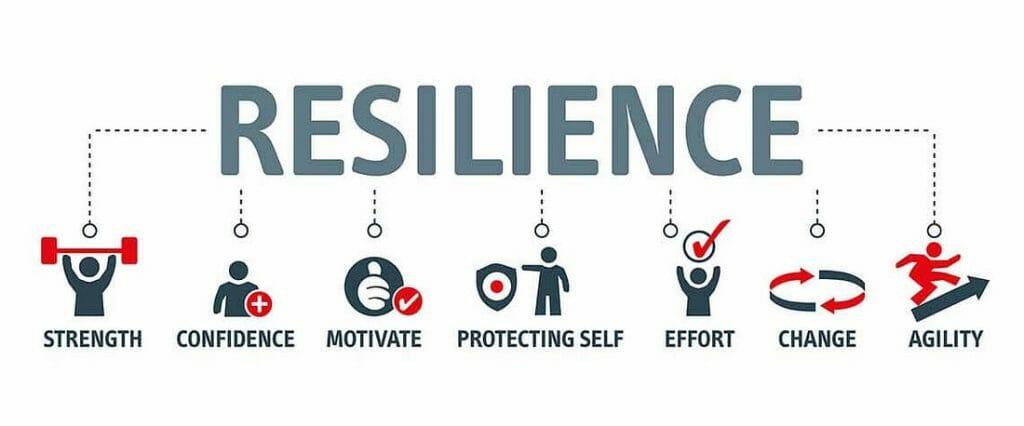
Building Resilience Against Disruptions in Supply Chains
In today’s rapidly changing business landscape, the ability to adapt to disruptions in supply chains is paramount. Organizations face a variety of challenges, from natural disasters to global pandemics, highlighting the importance of building resilience against such disruptions. Embracing new supply chain priorities is key to overcoming these obstacles and ensuring continuity in operations.
Key strategies to enhance resilience in supply chains include:
- Implementing diversified sourcing strategies
- Utilizing advanced technology solutions
- Establishing strong communication channels with partners
- Investing in risk mitigation measures

Collaborative Approaches to Strengthen Supplier Relationships
Amidst the ever-evolving landscape of supply chain management, businesses are increasingly turning to collaborative approaches to enhance their supplier relationships. By fostering closer ties with suppliers, organizations can navigate challenges and maximize operational efficiency. Building trust and communication through collaboration opens up avenues for innovation and problem-solving.
Embracing transparency within the supply chain is crucial in strengthening supplier relationships. Aligning goals and expectations, sharing data, and jointly addressing issues create a solid foundation for partnership. Employing mutually beneficial strategies such as long-term contracts and performance-based incentives can further solidify these relationships, paving the way for sustainable growth and success.
Closing Remarks
As supply chain management continues to evolve, the key to success lies in overcoming obstacles and embracing new priorities. By staying adaptable, innovative, and resilient, organizations can navigate the ever-changing landscape of global commerce. As we look towards the future, let us remember that challenges are merely opportunities in disguise, waiting to be conquered. Let us forge ahead with determination and forward-thinking strategies, ready to revolutionize the way we approach supply chain management. Embrace the journey, embrace the change, and watch as your organization thrives in the face of adversity.
